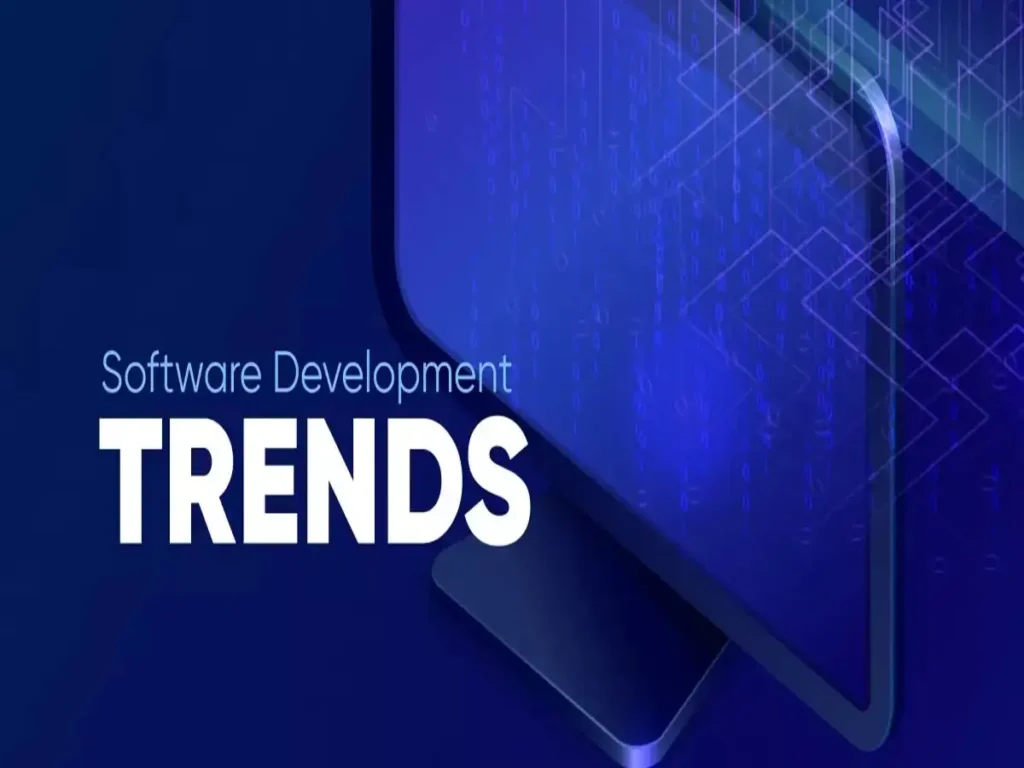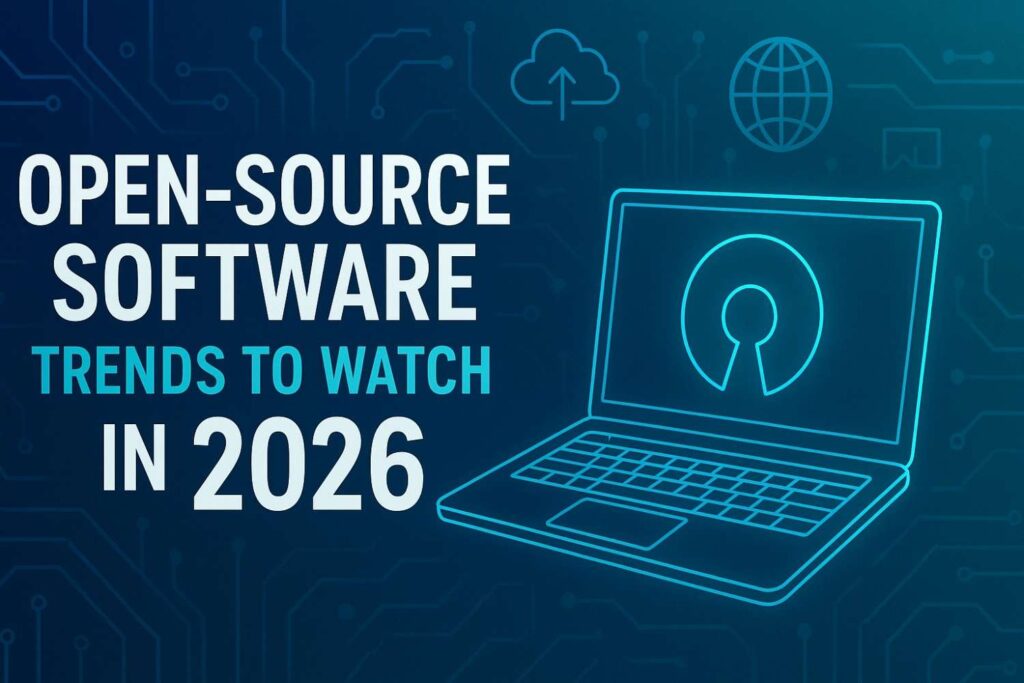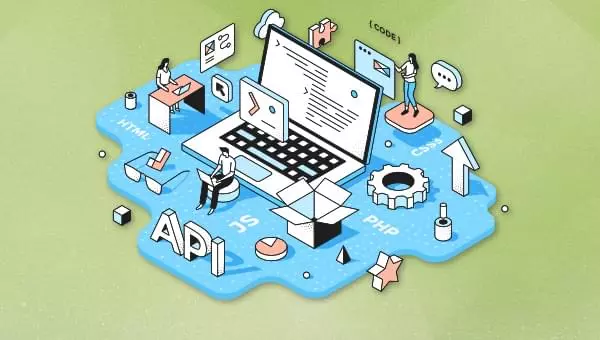The open source ecosystem has always evolved rapidly, but 2026 is shaping up to be a **transformative year**. New technologies, shifting community structures, and evolving business models are driving innovation at unprecedented speed.
Understanding these **emerging trends in open source development for 2026** is crucial for developers, organizations, and contributors who want to stay ahead.
The Growing Role of AI in Open Source
AI is no longer a niche in the open source world — it’s a **core enabler**. In 2026, artificial intelligence is transforming not just the software itself, but the way **open source projects are created, maintained, and scaled**.
AI-Powered Development Workflows
AI-powered coding assistants are now deeply embedded into daily open source development. They:
– Automate issue triage and bug reporting.
– Suggest and generate boilerplate code.
– Keep documentation synchronized with code changes.
For example, tools like GitHub Copilot have become standard in many open source workflows, helping contributors work faster and more efficiently.
AI as a Contributor
A striking trend in 2026 is that **AI systems themselves are becoming active contributors**. Bots can submit pull requests, run static analysis, and fix security vulnerabilities automatically.
This raises important governance and ethical questions, but it also **increases project velocity** and encourages global participation at scale.
—
Security Automation and Supply Chain Protection
In recent years, supply chain attacks have exposed major vulnerabilities in open source ecosystems. In 2026, **automated security practices** are now standard for most serious projects.
Zero-Trust and Real-Time Monitoring
Modern open source projects are increasingly adopting **zero-trust architectures**. Security automation is no longer optional — it’s built into the CI/CD process. This includes:
– Automated dependency scanning to detect malicious packages.
– Real-time monitoring of code integrity.
– Enforcement of signed commits and reproducible builds.
A good resource on modern open source security , which leads several global initiatives in this space.
SBOMs and Policy-Driven Security
Another key trend is the widespread use of **Software Bill of Materials (SBOMs)**. These help track components, dependencies, and potential vulnerabilities in real time. SBOMs are becoming mandatory in regulated environments and are now a **best practice for most major projects**.
Decentralized Governance and Community Ownership
Open source has always been about community — but the way governance works is **evolving fast**. The traditional “benevolent dictator” model is giving way to **distributed, transparent governance structures**.
DAO-Style Governance
Some open source projects are adopting **DAO (Decentralized Autonomous Organization)** models. This means decisions are made through community voting systems rather than centralized leadership.
Benefits include:
– Greater transparency and trust.
– Shared responsibility and decision-making.
– Stronger long-term resilience.
Community-Led Roadmaps
Many projects are now publishing open product roadmaps and hosting regular contributor assemblies to shape the direction of development.
For more on governance trends,

New Funding and Sustainability Models
For decades, **financial sustainability** has been a challenge for open source. Many essential projects are maintained by underfunded individuals. But in 2026, this is changing rapidly.
Corporate Sponsorship 2.0
Organizations are moving from one-time donations to **long-term funding partnerships** with maintainers. This approach allows for better planning, more robust maintenance, and shared accountability.
Public Funding and Nonprofit Support
Governments and nonprofits are increasingly funding **critical open source infrastructure**. Open source is now recognized as essential public digital infrastructure, similar to utilities like water or energy.
Tokenized Incentives
Some projects are exploring **tokenized ecosystems**, rewarding contributors based on measurable impact. While still experimental, this trend has the potential to **align incentives** and encourage broader participation.
The Rise of Open Source in Regulated Industries
Historically, industries like healthcare, finance, and government have been slow to adopt open source. But **2026 marks a turning point**.
### Compliance-First Open Source
Open source projects are now designed with compliance in mind — including GDPR, HIPAA, and other frameworks. This allows organizations in regulated spaces to **adopt and contribute confidently**.
Trusted Ecosystems
We’re also seeing the rise of **curated, trusted open source ecosystems** — pre-vetted software collections that meet regulatory and security standards.
This shift is supported by initiatives such as [OpenSSF](https://openssf.org), which aims to standardize best practices globally.
—
I
nteroperability, Open Standards, and AI Assistants
Another major **emerging trend in open source development for 2026** is the push for **interoperability** and **open standards**. Instead of fragmented ecosystems, communities are aligning around shared protocols and collaborative frameworks.
Open Standards and API Convergence
Projects are increasingly adopting common API standards and open protocols. This simplifies integration, reduces technical debt, and accelerates innovation across ecosystems.
AI-Driven Developer Experience
AI assistants are becoming standard components of open source communities. These tools help:
– Onboard contributors more efficiently.
– Suggest best practices in real time.
– Reduce barriers to entry for new developers.
This creates a more inclusive and scalable contribution environment.
 What This Means for Developers and Organizations
What This Means for Developers and Organizations
These **emerging trends in open source development for 2026** aren’t just high-level ideas — they have practical implications for how software is built, maintained, and distributed.
For Developers
– Embrace AI tools to boost productivity and quality.
– Learn to work within decentralized governance structures.
– Prioritize security and compliance early in the development cycle.
For Organizations
– Invest strategically in critical open source projects.
– Build internal policies around governance, security, and funding.
– Support maintainers and contributors as core partners, not just vendors.
> **Pro Tip:** Teams that adopt these trends early will have a strong competitive advantage in innovation, security, and talent attraction.
Open source has always been a **catalyst for innovation** — and 2026 is no exception.
**Emerging trends in open source development for 2026** point to a future that’s more intelligent, secure, and community-driven. From AI-powered contributions and decentralized governance to compliance-first ecosystems and sustainable funding models, open source is entering a new era.
Developers and organizations that **embrace these shifts today** will be the leaders of tomorrow’s open digital landscape.
